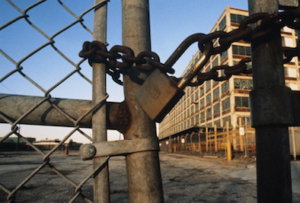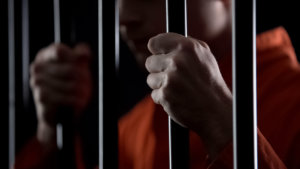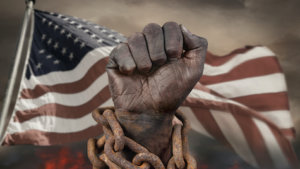This paper presents a model of mass incarceration in the United States, which has the largest proportion of its population imprisoned among advanced countries.
The United States began to differ from other countries in the 1970s in response to changes in judicial policies. Although the Kerner Commission recommended integrating the black community into the larger American community, judicial policies went in the opposite direction. The model draws from several accounts of these changes and demonstrates that the United States has moved from one equilibrium position to another. It is driven by two equations, one for incarceration and one for crime. It explains why the growth of prisoners has ceased in the last decade and what would be needed to return to the original equilibrium.






